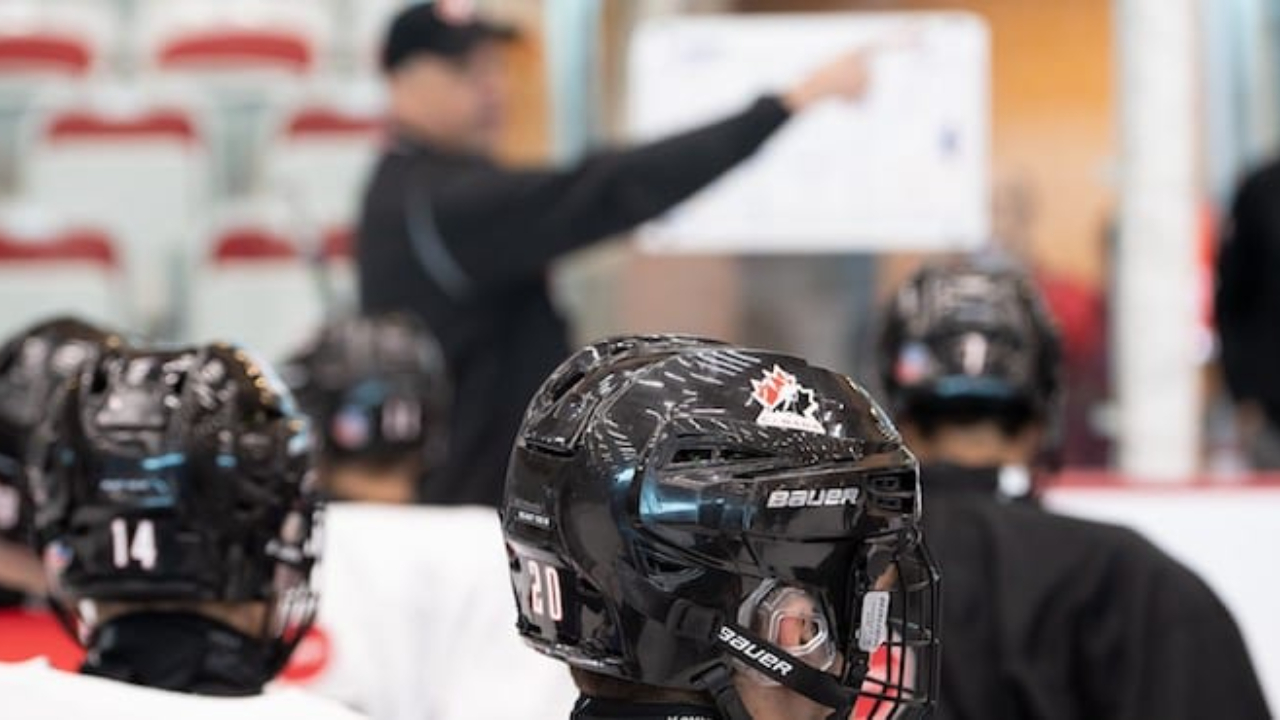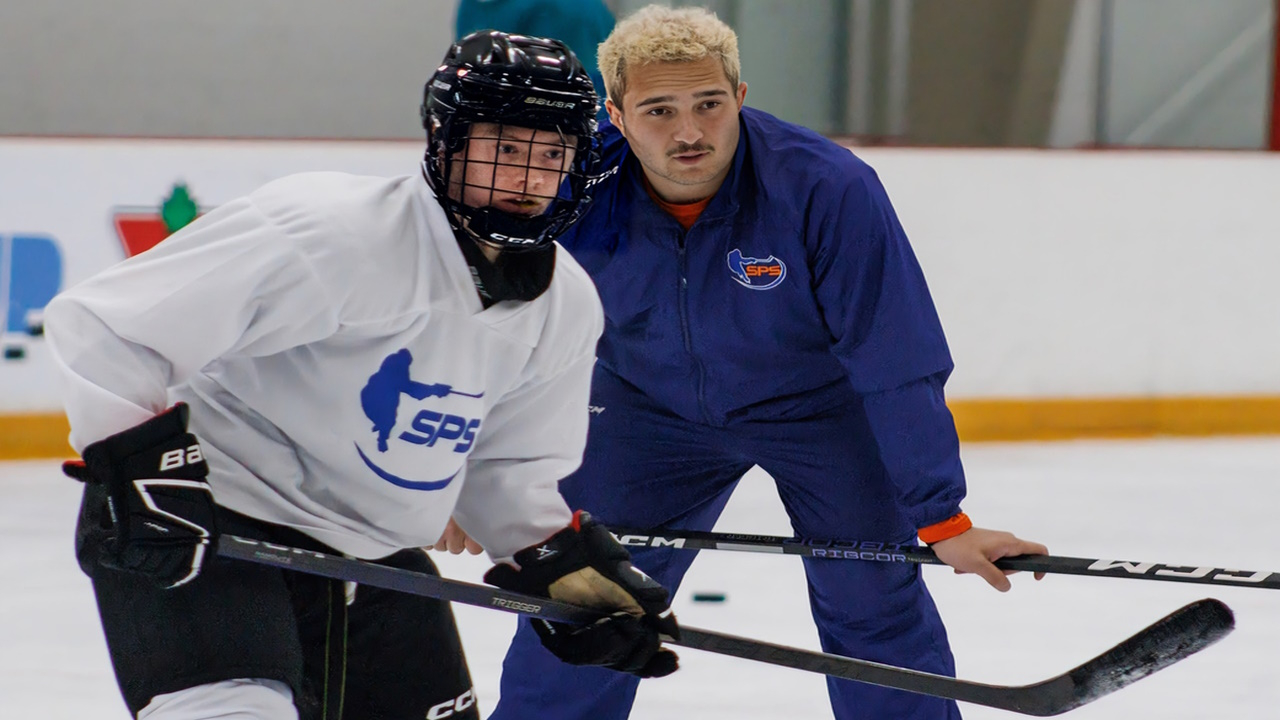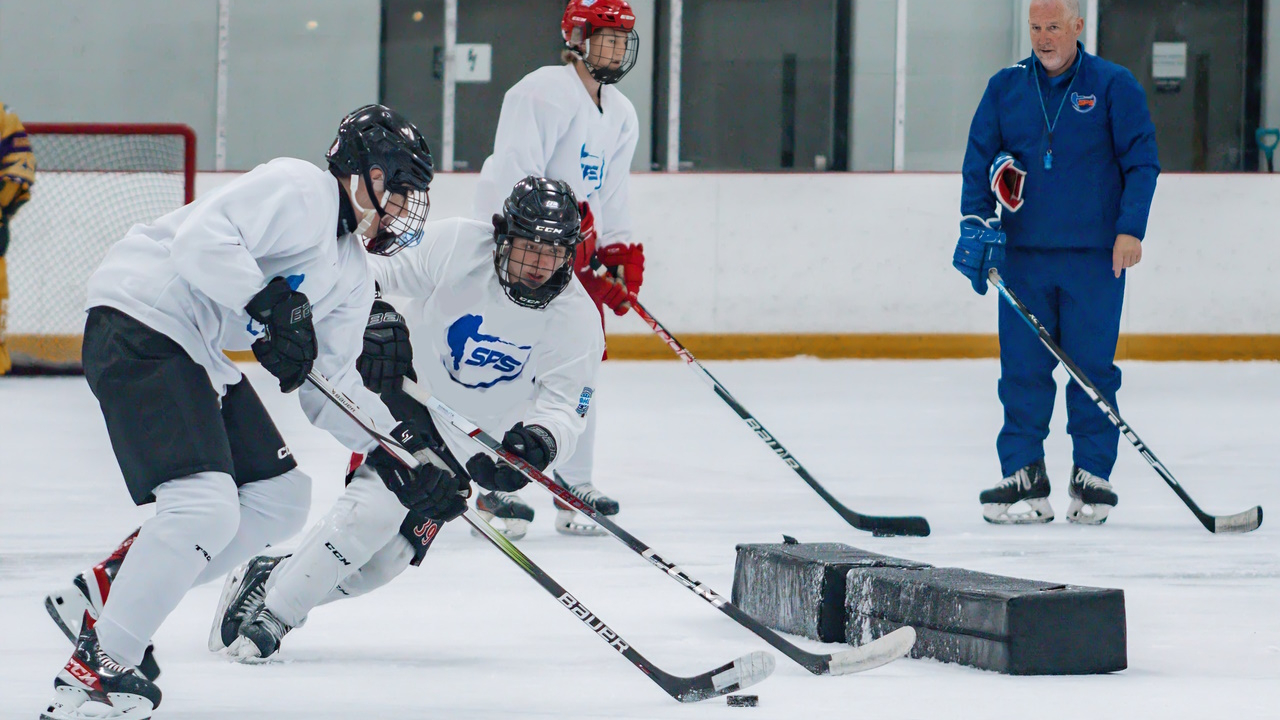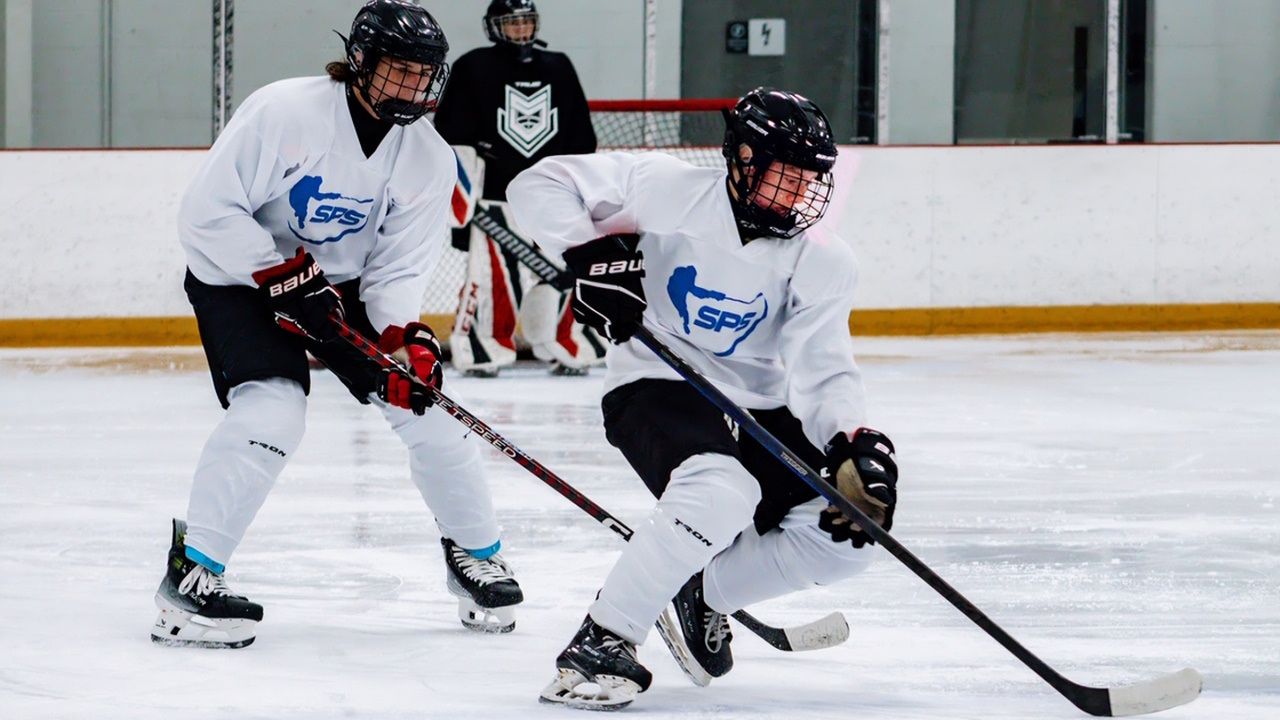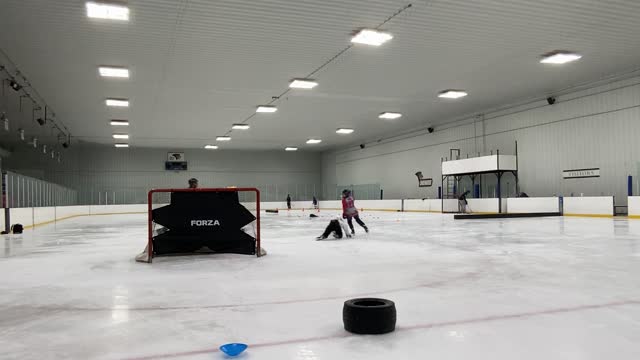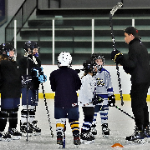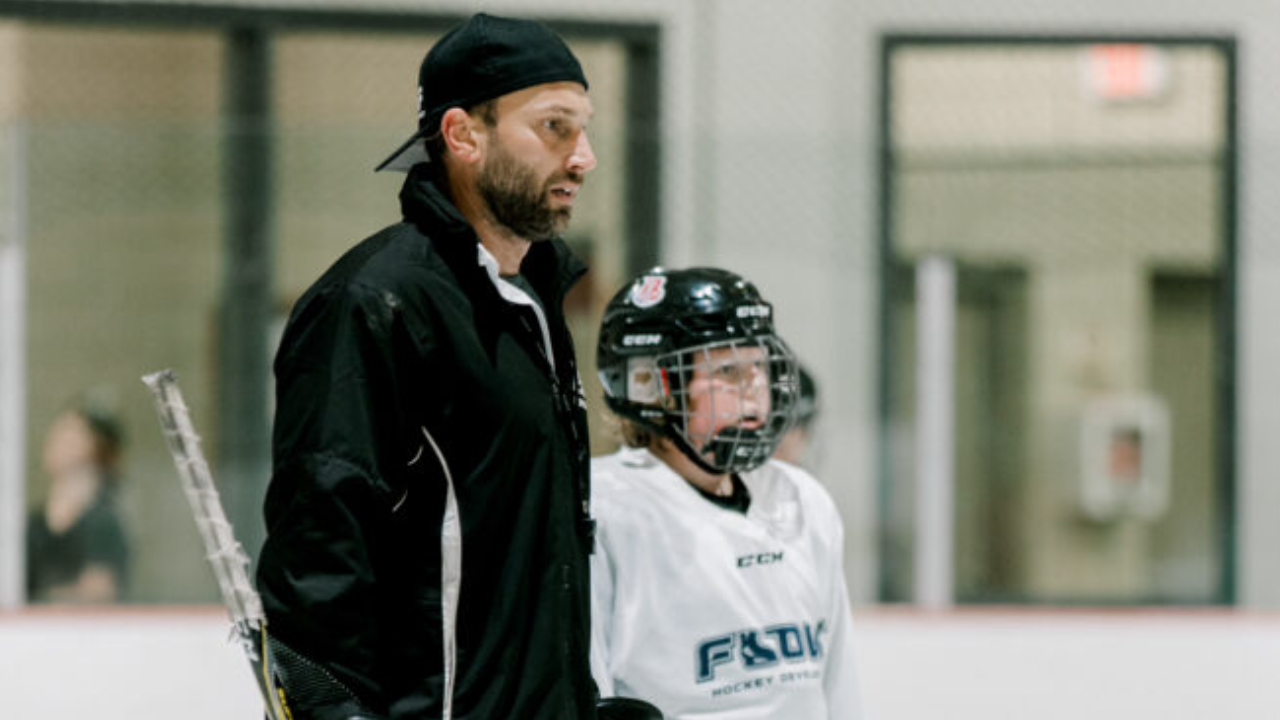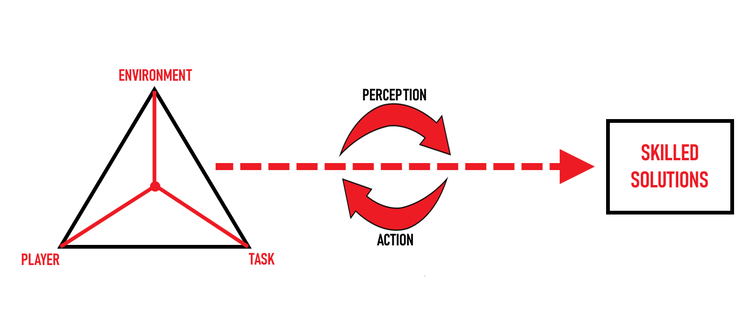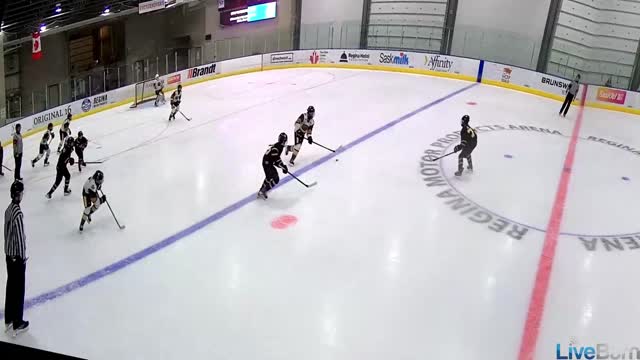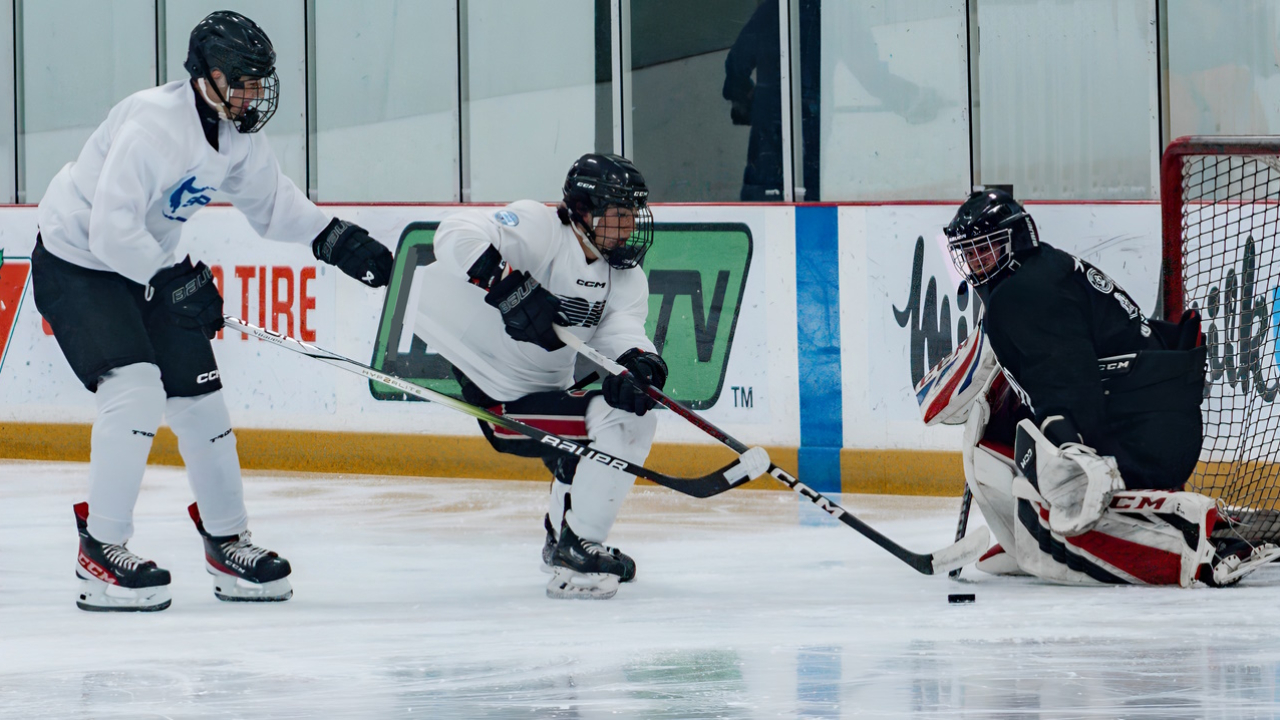
Repetition Without Repetition
We now reach the final environmental design principle to support an ecological dynamics approach to skill development. In part 2 we looked at the importance of session intention. Part 3 provided details and background on the use of a constraints led approach as an impactful development and teaching method, and in part 4 we dove into representative learning design. That now brings us to the concept of repetition without repetition.
As you read through the series of articles it becomes apparent how connected these three design principles are to one another. Ignore any one and you are left with a void and an impact on your ability to implement or follow an ecological dynamics approach. Repetition without repetition is no different. It is very much connected with representative learning design.
Let's look at the two videos below to illustrate this concept.
In this first video I am working with a player using an unopposed and rather isolated setup to develop their ability to play off the wall and attack the net. As you can see I have removed any pressure from defenders. The player has no decisions to make or problems to solve. I told them exactly what I wanted them to do (i.e. I give them the solution) and they repeat the action(s) over and over, trying to do it the same way on each repetition, and following the same pattern. The focus in this drill is on creating a repeatable technique/solution and I am using repetition with repetition to achieve that.
In this next video I am working on the same skill, the player's ability to play off the wall and attack the net. In this setup I am using a more representative learning design. I have included opposing players and I now provide an objective rather then a solution to the player. The focus is not on a repeatable technique. The focus is on finding repeatable solutions to the problems being presented by opposing players and the limited space to act in. The solution does not need to be the same all the time. In fact we want them exploring new solutions and multiple solutions. Instead of repetition with repetition I am now using repetition without repetition. It is important to note though, that with this approach improvements in technique can still be acheived.
In traditional, linear approaches the use of repetition is directed towards actions and their repetition in the same way over and over, repetition with repetition. In non-linear approaches repetition is directed toward solutions and being able to repeat varying solutions of the same problem. There is repetition, but that repetition can feel and look different each time. Players are performing reps in search of solutions to the problem being presented.
The game of hockey is repetition without repetition. How Connor McDavid solves the problem of being contained along the boards in limited space can differ in a dozen ways. In any single game he may be faced with that scenario 100 times. Therefore, he is going to get 100 or more reps. In each rep he is not repeat the same technique trying to do it perfectly, but rather he is repeating his search for the best solution at that time based on his perceptions.
Impact on Skill Development
If you accept the definition of skill as a decision-making, problem-solving quality then the use of repetition without repetition in activities in our practice and training sessions becomes mandatory. Based on this definition, to become skillful requires players to be exposed to problems and be allowed to repeatedly search for solutions to those problems. Designing repetition without repetition into practice activities within a RLD addresses that very requirement. But designing repetition without repetition into practice sessions also provides the following key requirements for developing skilled players:
1. Exploration and Discovery - creates flexibility and unstructured progression which in turn contribute to players developing the freedom to search our solutions and the comfort to fail.
2. Variability - within these activities players are rarely presented with the same conditions in consecutive reps. The dynamics of the game context are ever present thus creating a variability that promotes finding new solutions to the same problem.
3. Questioning - given the nature of these activities and environments coaches are not able to provide the solution to their players. Therefore, some of the typical correction and feedback methods are not effective. Coaches must support the players exploration and discovery with questioning as a teaching tool, thus preserving the exploration and variability.
Part 4 - Representative Learning Design
References
- Renshaw, I., Davids, K., Newcombe, D., Roberts, W. (2019). The Constraints Led Approach: Principles for Sports Coaching and Practice Design. London: Routledge
- Gray, R. (2021). How we Learn to Move: A Revolution in the Way we Coach and Practice Sports Skills. United States: Perception Action Consulting & Education LLC
- Gray, R. (2022). Learning to Optimize Movement: Harnessing the Power of the Athlete-Environment Relationship. United States: Perception Action Consulting & Education LLC
- Chow, J.Y., Davids, K., Button, C., Renshaw, I. (2016). Non-Linear Pedagogy in Skill Acquisition: An Introduction. London: Routledge
- Attri, R.K. (2018). The Models of Skill Acquisition and Expertise Development. Singapore: Speed to Proficiency Research
- Nash, C. (2022). Practical Sports Coaching 2nd Edition. London: Routledge
- Button, C., Seifert, L., Chow, J.Y., Araujo, D., Davids, K. (2020). Dynamics of Skill Acquisition: An Ecological Approach.



